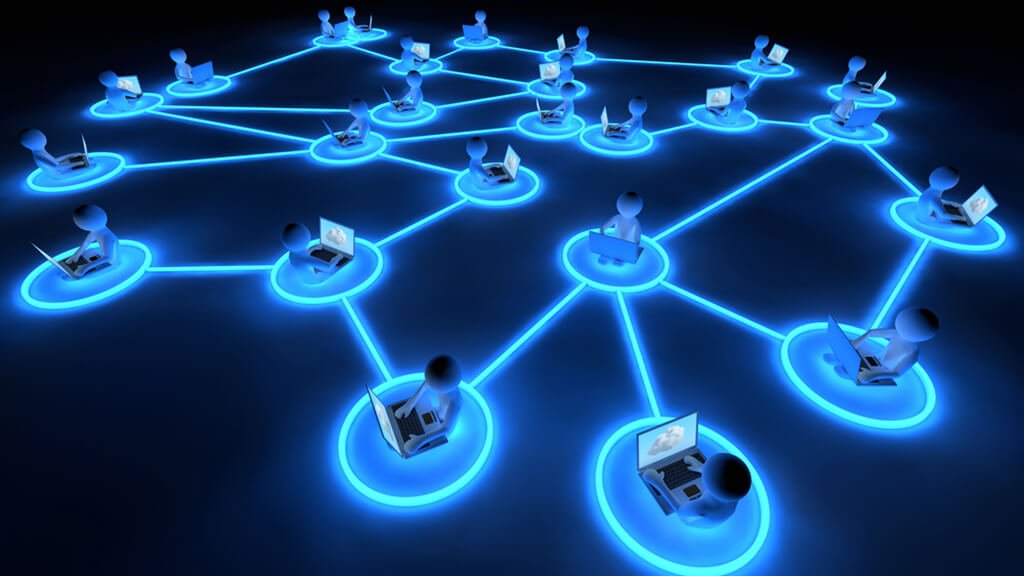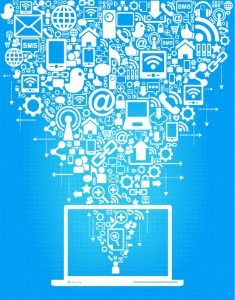Articles from this series
- Information science - Introduction
- Information science – Uniqueness and essential questions
- Information science – Philosophical approaches
- Information science – Paradigms
- Information science – Epistemologies
- Information science – What is information?
- Information science - Terminology (Knowledge, Document)
- Information science - Terminology (Collections, Databases, Relevance)
- Information science – Domain
- Information science – Organisations of information
- Information science - Information systems
- Information science – Informetrics
- Information science – Application of informetrics
- Information science – Information behaviour
- Information science – Theories of information behaviour
- Informationscience – Information behaviour of individuals and groups
Main source
Introduction to Information Science - DAVID BAWDEN and LYN ROBINSON

Information environment

The information environment has been pretty stable (read the same) since…well forever. Humanity discovered the magic of writing and books. Then the texts were stored, then there was possibility to borrow them and then the whole process of creating a book got a lot easier. That was happening for few thousands of years, well and then digitalization came. The frequency and complexity of changes to the information environment has exponentially grown since then.
There are 2 significantly different approaches that mankind uses to “connect” with the information environment nowadays compared to previous ages. First of all we now mainly use few central domains to search for information. Probably everyone with internet knows and uses Google. It’s the central connecting domain to all the open access data (will be further explained in next article). The other vastly used window into information environment are social medias like Facebook, Twitter, OR STEEMIT(!!!). Few decades ago this was not possible and people had to search through various (and by that I mean A LOT OF) sources.
The other significant change is that we now use mobile devices to search for information “on the move”. With physical materials, or prior to smartphone/laptop/tablet era, we had to stay at one place while we were searching for information (either library, or any place with PC). This all is possible due to digitalization.
The digitalization

The digitalization has impact on lot of aspects of information environment. I’ll try to hit upon the most crucial ones that had formed the information environment as we know it today (totally not its final form…far from it).
One of the biggest milestones was digitalization of printed indexes. Every document had its code, which was present in a huge physical paper database. Whenever someone wanted the document a librarian had to manually search through the whole paper database in order to find the appropriate book. Not only it’s MUCH less time consuming, but for someone with sufficient information literacy, the “professional” that would seek the appropriate document isn’t needed anymore. Also lesser number of those professionals are needed in libraries today.
The second biggest change “suffered” the scientific and vocational serials. Back then one had to manually search through couple of serials in order to find the necessary information. Nowadays the individual articles are digitalized and part of huge databases. Whoever searches for the information can now do so by searching through all of the serials in any given database. The time saved is enormous. The only “side effect” is that the “identity” of the serial is disappearing over time. It’s becoming more like an identification, rather than serial. The physical serials are rapidly disappearing and it’s very likely that they will completely migrate into the digital sphere.
Another aspect that is changing the information environment are e-books. They have been discussed for quite some time, but it has taken some time before people started to be willing to let go of the physical books in anyway. The changing point happened with the invention of the “digital readers”. Amazon was first with their Kindle, followed soon after by Apples IPad. The physical forms of books though haven’t been replaced like the serials were.

